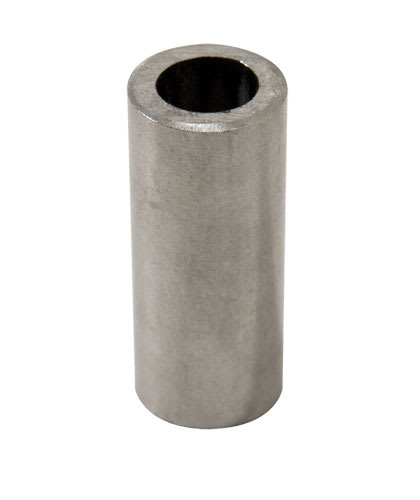struclearner
Structural
How the spacer's dimensions i.e. Outer diameter and thickness (Inner diameter) used in bolted joints, are determined or is there a standard/recommendation for the sizes of the spacers with respect to bolt size.
Any reference to the technical literature/book is highly appreciated.
Thanks & Regards.
Any reference to the technical literature/book is highly appreciated.
Thanks & Regards.

